The sexist, empowering history of the femme fatale
SundanceTV's new crime thriller Hap & Leonard draws on an archetype that can be traced all the way to the Bible

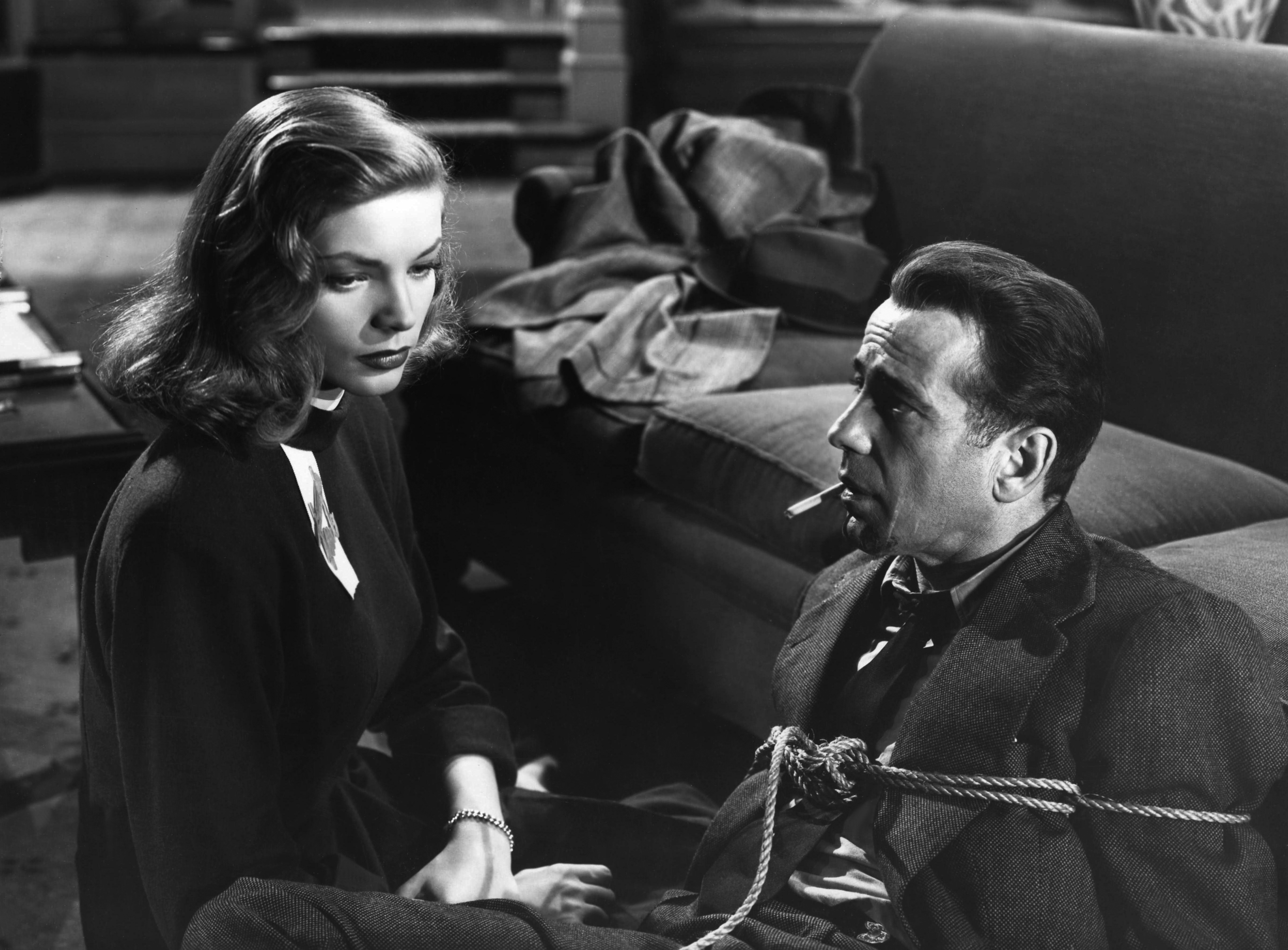
If you've ever read a hardboiled detective novel, or seen a film noir, the first scene of SundanceTV's new southern crime thriller Hap & Leonard will seem very, very familiar. "Here comes trouble," says Hap's pal Leonard — a gay Vietnam vet immune to the charms of women — as Hap's ex-wife Trudy approaches.

In the TV show, where Trudy is played by Christina Hendricks, we can judge her intentions for ourselves. In the Joe Lansdale novel Savage Season, on which the TV show is based, it's merely the first thing we hear about Trudy.
The second is how good she looks. The very first page of Savage Season is largely dedicated to establishing Trudy as the kind of woman who could charm a man into doing stupid, self-destructive things, from her "legs that began at the throat" to her breasts that could "make a man run his car off the road for a look." The trap is sprung long before Hap even knows what Trudy wants. "She smiled at us then, and I felt the January day become a little warmer," Hap thinks. "She could do that to a man, and she knew it. Liberated or not, she didn't fight that ability."
The Week
Escape your echo chamber. Get the facts behind the news, plus analysis from multiple perspectives.

Sign up for The Week's Free Newsletters
From our morning news briefing to a weekly Good News Newsletter, get the best of The Week delivered directly to your inbox.
From our morning news briefing to a weekly Good News Newsletter, get the best of The Week delivered directly to your inbox.
In short: Trudy isn't just a femme fatale. She's the platonic ideal of the femme fatale: a gorgeous woman who can use her raw, seductive power to dupe a hapless man into doing her bidding.
That description gets to the fundamental paradox at the heart of the femme fatale archetype. Is it sexist to portray a woman as a manipulative, calculating succubus? Is it empowering to portray a woman who is comfortable with her own sexuality, and willing to use it in pursuit of her own ends? Or is it some blend of both?
If you want to trace the cultural history of the femme fatale, you might as well start with patient zero: Eve, the first woman, who ended up snaring a hapless guy named Adam. When God created Adam and Eve, they were naked and unashamed. They presumably would have continued like that if Eve hadn't eaten the fruit of the tree of knowledge, and enticed Adam into breaking God's strict instructions by doing the same. And it ended, like the best noir, on a down note, as God discovered what they'd done and banished them from the Garden of Eden.
To be fair to Eve, the average femme fatale certainly acts with more malicious intent — but the basic, archetypal narrative of a woman tempting a man into his own downfall turns out to be a culturally pervasive one. You can see it recur in mythology, in figures like Circe and Clytemnestra; folklore, in figures like succubi and yuki-onna; and even history, in our collective understanding of figures like Cleopatra, Lucrezia Borgia, and Mata Hari.
A free daily email with the biggest news stories of the day – and the best features from TheWeek.com
For all these historical precedents, the modern-day femme fatale is deeply rooted in noir — a mystery subgenre unique in its cynicism and nihilism. The genre sprung from a slew of literary classics — Raymond Chandler's The Big Sleep, Dashiell Hammett's The Maltese Falcon, James M. Cain's The Postman Always Rings Twice and Double Indemnity — which were adapted into films that became classics in their own right. And each of those stories has another key element in common: the root of the central conflict can be traced to the actions of a femme fatale, using her unapologetic sexuality as a kind of blunt cudgel against the male protagonist.
Though the overt carnality of these narratives makes them stand out from the relatively staid films of the era, the equation of non-marital sexual desire with evil is as puritanical as it gets. The femme fatale allows the the audience to have it both ways, enjoying the vicarious, prurient sexuality while knowing she'll eventually be punished for it. You can even see these "base" qualities in the titles of femme fatale-centric stories through the ages: Human Desire. Body Heat. Basic Instinct. And — perhaps most blatantly of all — Original Sin.
But while there's an undeniable moralism in the roots of these kinds of stories, a closer look reveals something more complicated. Like horror — another boundary-pushing genre that has long offered a paradoxical balance of regressive and progressive — noir films also offered substantial, multifaceted, and groundbreaking roles to actresses at a time when depicting a flushing toilet on a movie screen was considered too risqué. When else could a woman play the villain? When else could a woman be overtly sexual? And when else could sex be depicted as such a blatant tool of power and pleasure, so utterly divorced from childbirth and motherhood?
And as modern storytellers reinterpreted the archetype with an increasingly sympathetic lens, it shifted. By the 1990s — a watershed era for the erotic thriller — femme fatales were routinely the heroes, not the villains, of their own stories. Take Sharon Stone's infamous leg-crosser in 1992's Basic Instinct, or Linda Fiorentino's should've-been-nominated-for-an-Oscar performance in 1994's The Last Seduction, or Kim Basinger's actually-won-her-an-Oscar performance in 1997's L.A. Confidential. By and large, the men in these stories are still hapless dupes — but this time, we're invited to empathize and cheer on the women who are savvy enough to exploit them.
And as the femme fatale archetype shifted toward female empowerment, some women began owning it outright. In 2002, Brian De Palma simply dubbed his Rebecca Romijn-starring erotic thriller Femme Fatale, confident that audiences would understand the shorthand. By 2011, no smaller a cultural figure than Britney Spears was proudly dubbing herself a femme fatale on the cover of her seventh studio album. "Sexy and Strong. Dangerous yet mysterious. Cool yet confident!" she wrote as she revealed the album's title. It may be oddly punctuated and capitalized — but for a definition of the modern femme fatale, it's as good as any.
And that brings us back to Hap & Leonard, with Trudy, its uber-femme fatale, springing the entire story into motion. In both the small-screen adaptation and its original literary source, Trudy initially feels like a throwback to those Double Indemnity days, when a woman could correctly be identified as "trouble" the second she walked up with those legs that end at the throat.
But the first three episodes of Hap & Leonard reveal Trudy to be something a little more complicated. The sex appeal is key to the character. So is the sex. But while Hendricks herself describes Trudy as a "classic femme fatale," she dismissed the suggestion that she was merely "window dressing," and later explained that she was drawn to the role for its complexity. "She’s trying to be a better person," Hendricks told Variety. "She’s self-aware. She knows she’s a bit of a mess up. She’s made a lot of mistakes and she’s trying to fix it."
Today, if you cast a wide enough net, you'll find the basic DNA of the femme fatale being conjured up and subverted all the time. Take Gone Girl, an icy thriller that drops a femme fatale into a modern disintegrating marriage. Or Justified, Hap & Leonard's fellow southern noir, which introduced a femme fatale that ended up being the show's ultimate hero. Or last year's Ex Machina, an indie noir sci-fi thriller with a femme fatale that happens to be a robot. That's the beauty of archetypes; as soon as you feel like they're set in stone, someone comes along to reinvent them all over again.
Scott Meslow is the entertainment editor for TheWeek.com. He has written about film and television at publications including The Atlantic, POLITICO Magazine, and Vulture.
-
 ‘Let 2026 be a year of reckoning’
‘Let 2026 be a year of reckoning’Instant Opinion Opinion, comment and editorials of the day
-
 Why is Iran facing its biggest protests in years?
Why is Iran facing its biggest protests in years?TODAY’S BIG QUESTION Iranians are taking to the streets as a growing movement of civic unrest threatens a fragile stability
-
 How prediction markets have spread to politics
How prediction markets have spread to politicsThe explainer Everything’s a gamble
-
 Walter Isaacson's 'Elon Musk' can 'scarcely contain its subject'
Walter Isaacson's 'Elon Musk' can 'scarcely contain its subject'The latest biography on the elusive tech mogul is causing a stir among critics
-
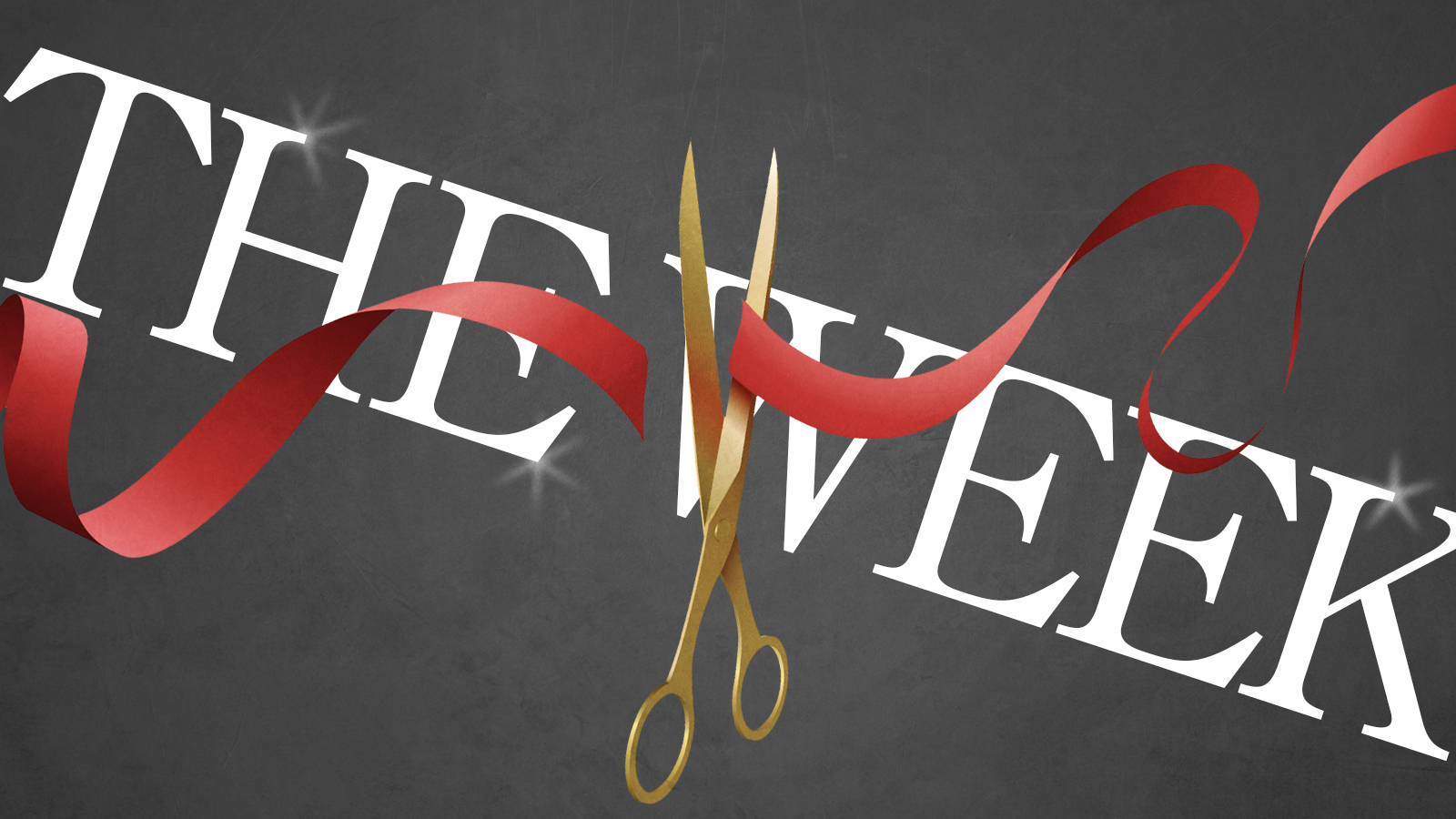 Welcome to the new TheWeek.com!
Welcome to the new TheWeek.com!The Explainer Please allow us to reintroduce ourselves
-
 The Oscars finale was a heartless disaster
The Oscars finale was a heartless disasterThe Explainer A calculated attempt at emotional manipulation goes very wrong
-
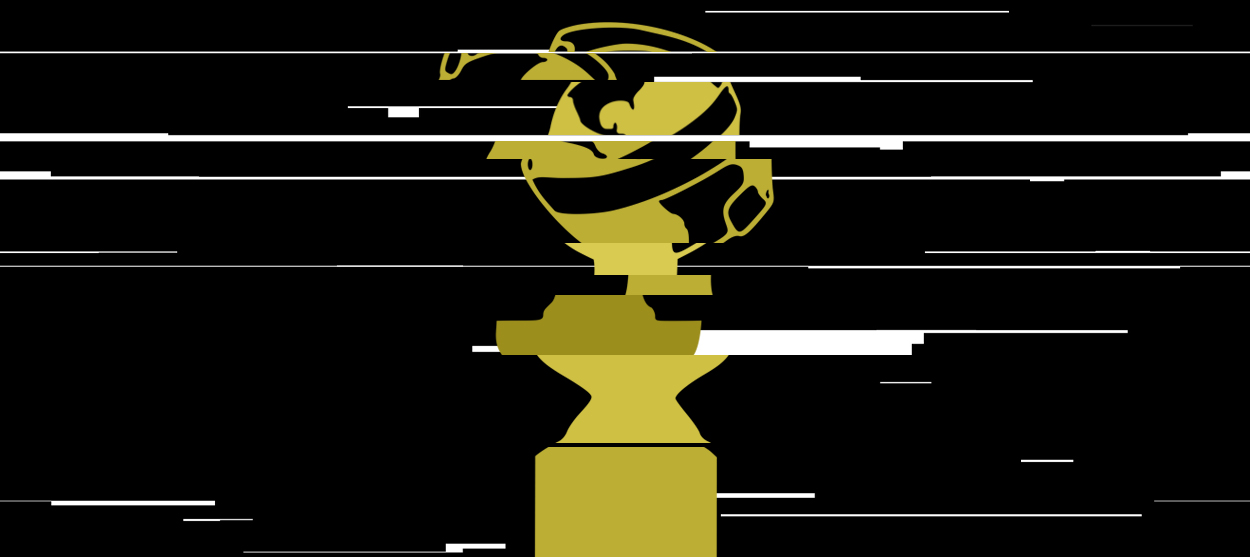 Most awkward awards show ever?
Most awkward awards show ever?The Explainer The best, worst, and most shocking moments from a chaotic Golden Globes
-
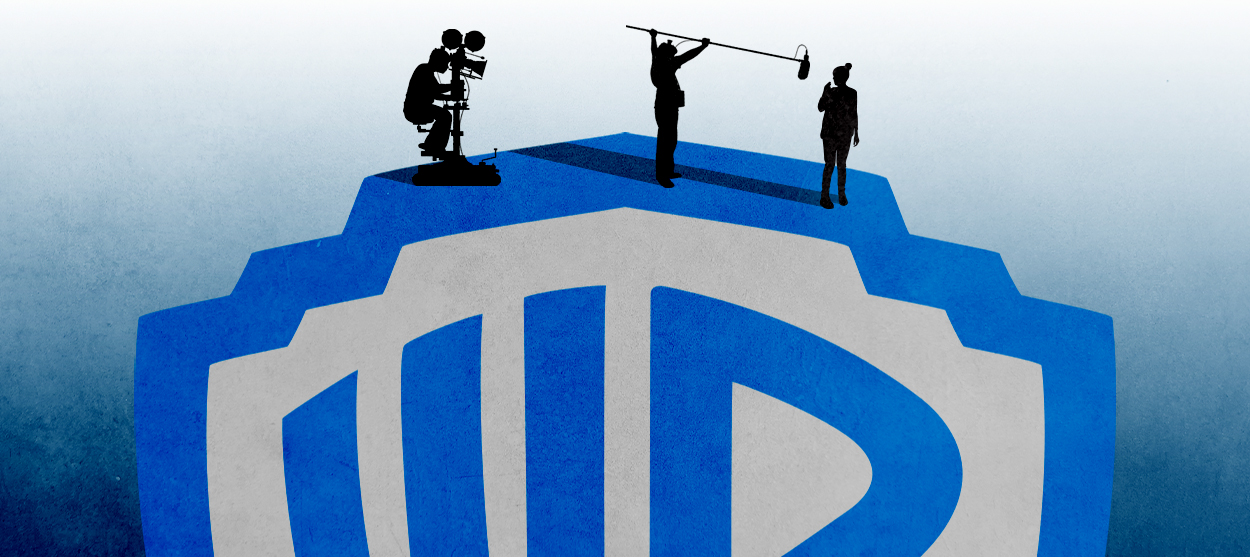 The possible silver lining to the Warner Bros. deal
The possible silver lining to the Warner Bros. dealThe Explainer Could what's terrible for theaters be good for creators?
-
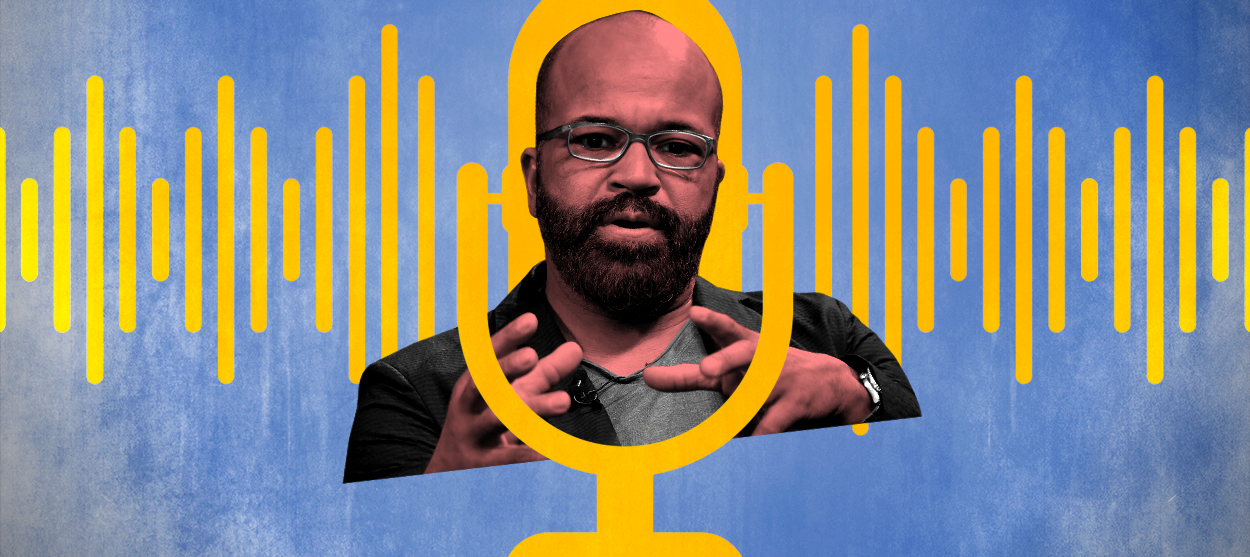 Jeffrey Wright is the new 'narrator voice'
Jeffrey Wright is the new 'narrator voice'The Explainer Move over, Sam Elliott and Morgan Freeman
-
 This week's literary events are the biggest award shows of 2020
This week's literary events are the biggest award shows of 2020feature So long, Oscar. Hello, Booker.
-
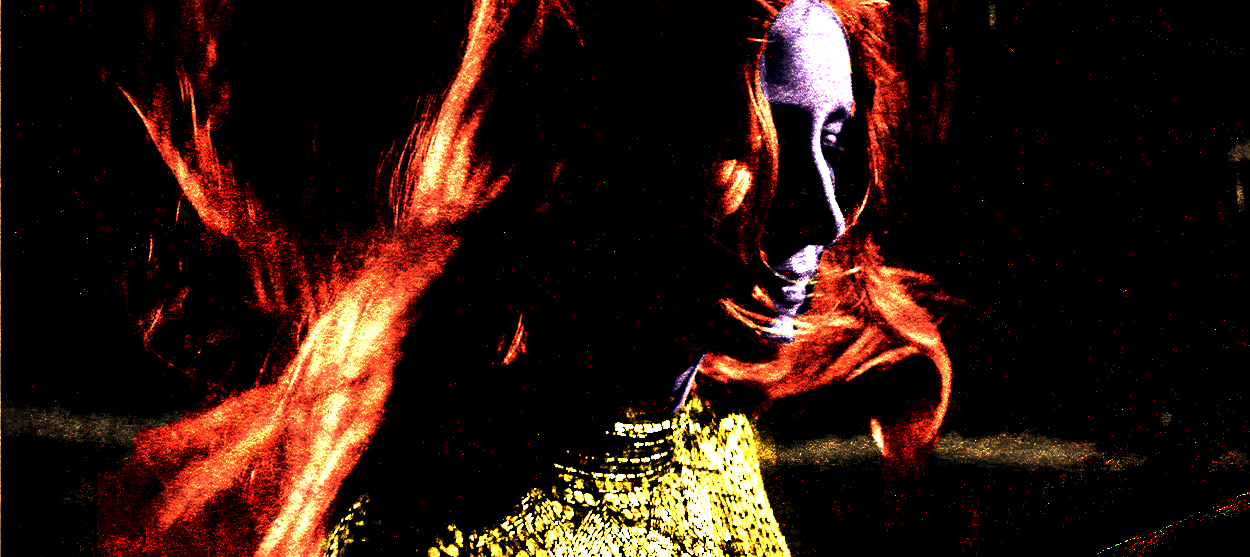 What She Dies Tomorrow can teach us about our unshakable obsession with mortality
What She Dies Tomorrow can teach us about our unshakable obsession with mortalityThe Explainer This film isn't about the pandemic. But it can help viewers confront their fears about death.
